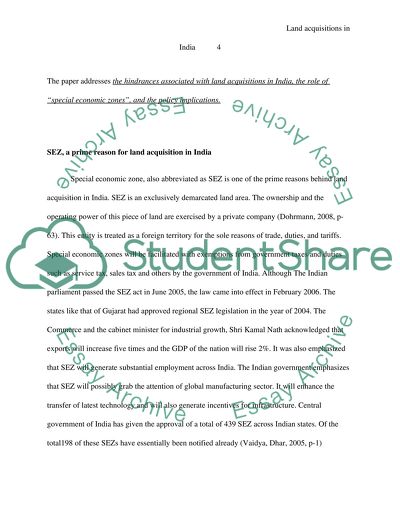Cite this document
(“Land Acquisitions in India Research Paper Example | Topics and Well Written Essays - 2000 words”, n.d.)
Land Acquisitions in India Research Paper Example | Topics and Well Written Essays - 2000 words. Retrieved from https://studentshare.org/history/1448621-investigating-some-aspect-of-economic-social-or
Land Acquisitions in India Research Paper Example | Topics and Well Written Essays - 2000 words. Retrieved from https://studentshare.org/history/1448621-investigating-some-aspect-of-economic-social-or
(Land Acquisitions in India Research Paper Example | Topics and Well Written Essays - 2000 Words)
Land Acquisitions in India Research Paper Example | Topics and Well Written Essays - 2000 Words. https://studentshare.org/history/1448621-investigating-some-aspect-of-economic-social-or.
Land Acquisitions in India Research Paper Example | Topics and Well Written Essays - 2000 Words. https://studentshare.org/history/1448621-investigating-some-aspect-of-economic-social-or.
“Land Acquisitions in India Research Paper Example | Topics and Well Written Essays - 2000 Words”, n.d. https://studentshare.org/history/1448621-investigating-some-aspect-of-economic-social-or.


